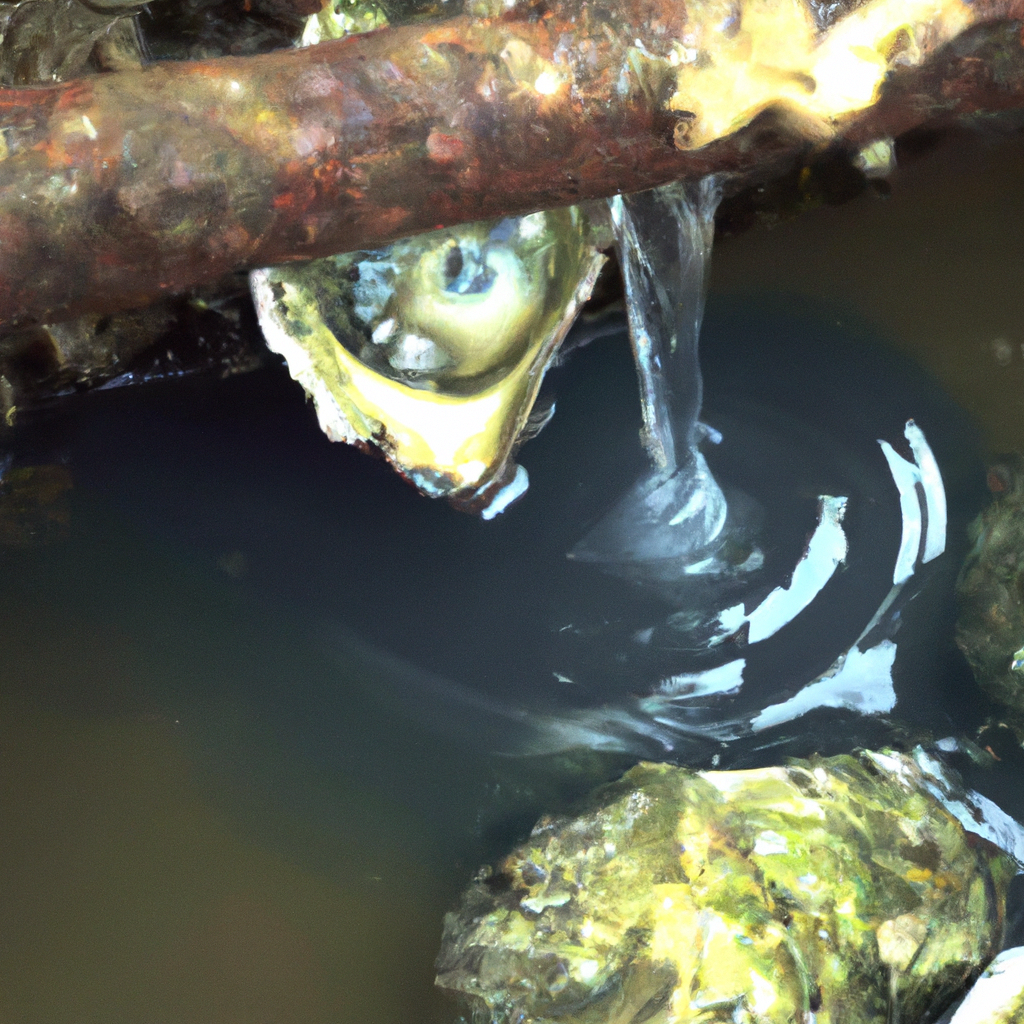The pearl industry has been around for centuries and continues to thrive in today’s market. Pearls are highly valued for their beauty and rarity, making them a sought-after commodity. But how exactly are pearls harvested from oysters? In this article, we’ll explore the process of pearl harvesting, oyster farming, sustainable pearl production, and pearl extraction.
Pearl Harvesting Process
The process of pearl harvesting begins with oyster farming. Oysters are grown in special farms where they are carefully tended to until they are mature enough to produce pearls. Once the oysters are mature, they are ready for the pearl implantation process.
Pearl implantation involves the insertion of a small piece of mantle tissue from a donor oyster into the recipient oyster. This tissue contains cells that will eventually form the pearl. The recipient oyster is then returned to its habitat, where it will continue to grow and develop the pearl over time.
Over the next few years, the pearl will continue to grow inside the oyster. During this time, the oyster is carefully monitored to ensure that it is healthy and producing a high-quality pearl. When the pearl is fully formed, it is time for extraction.
Pearl Extraction
The process of pearl extraction involves removing the pearl from the oyster without causing any damage to the oyster or the pearl itself. This is done by carefully opening the oyster and removing the pearl by hand.
During the extraction process, the oyster is carefully inspected to ensure that it is healthy and can continue to produce pearls in the future. If the oyster is healthy, it is returned to the farm to continue growing and producing pearls.
Sustainable Pearl Production
Sustainable pearl production is becoming increasingly important in the pearl industry. It involves the use of environmentally friendly and socially responsible practices to ensure that pearl farming is sustainable and does not harm the environment or local communities.
This includes using sustainable farming practices, reducing waste and pollution, and supporting local communities and economies. It also involves ensuring that the oysters are well-cared for and treated in a humane and ethical manner.
Sustainable pearl production is important not only for the environment and local communities but also for the long-term viability of the pearl industry.
Conclusion
Pearl harvesting is a complex process that involves careful oyster farming, pearl implantation, and pearl extraction. It requires a great deal of skill, knowledge, and expertise to produce high-quality pearls that are sought after by consumers around the world.
Sustainable pearl production is becoming increasingly important in the pearl industry, as it ensures that pearl farming is done in an environmentally friendly and socially responsible manner.
As consumers, it is important to support sustainable pearl production and to ensure that the pearls we purchase are produced in an ethical and sustainable way. By doing so, we can help to ensure that the pearl industry continues to thrive for generations to come.







